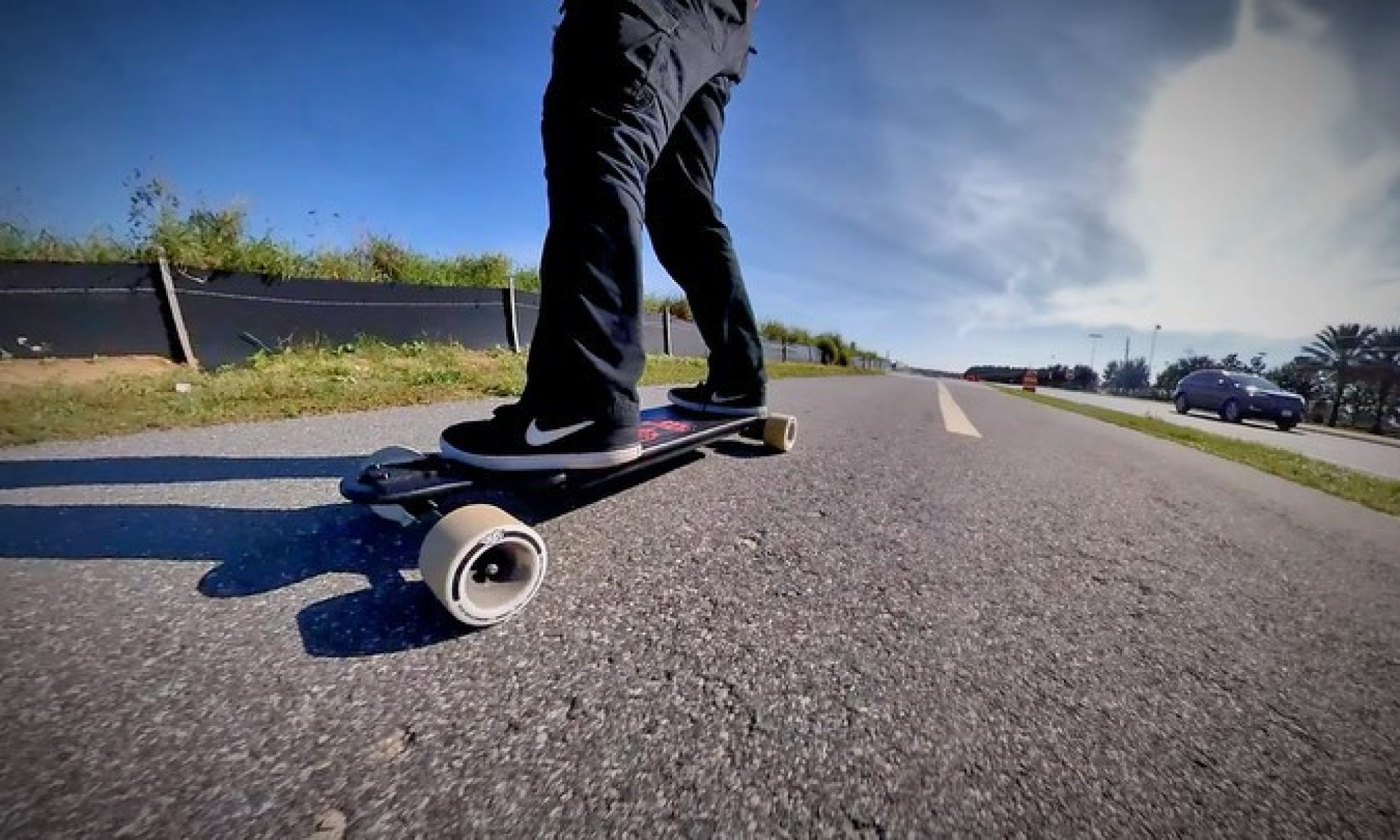WORK ACCOMPLISHED:
A lot of progress was made this week, and we can confidently say that we now meet the MVP we defined in our abstract: “A fully functional electric skateboard that is controlled by a web application. You will be able to accelerate, decelerate, and reverse all with just a phone.” Sharon was able to integrate the remote control app with the defined functions for controlling the skateboard, and we’ve been able to verify that the controls are smooth, responsive and intuitive.
I began writing the return algorithm, and worked with Jason to devise a control flowchart to help us with our implementation. While the general approach to its implementation remains unchanged, I am blocked by the inaccuracy of the ZED-F9R when it doesn’t use RTK. To try and rectify this Jason and I met with members of Roboclub for help. They gave us a parts list and some sample code we’ll need. I’ve placed the orders and in the mean time, I will continue as planned and finish the code for the autonomous return.
PROGRESS:
Now that we have reached MVP for our project, I am ahead of schedule for all my non-autonomous feature related task such as writing and testing the motor command class. For the autonomous operation related tasks, I am on track, as the next few weeks are dedicated to testing and revisions.
NEXT WEEK’S DELIVERABLES:
- Completing the return algorithm: The pseudocode and flowchart are laid out, all that remains is to write the code. This can be accomplished in relatively few work hours
- Integrating RTK supporting hardware: After consulting with Roboclub we received a list of additional hardware and software to integrate to get highly accurate reading with the GPS we already have via RTK.
- Validation testing: I aim to carry out some additional unit tests to verify the performance of my contributions to the project, namely:
- Speed test: Accelerate and decelerate on varying terrain slopes, rider weight, and motor load. Speed should remain within 14-16 mph.
- Return to Me Accuracy: Recall skateboard over varying distances (5m, 10m, 50m, etc.) with/without obstacles. Skateboard should return to user and be retrieved within 1-meter radius of users position.
